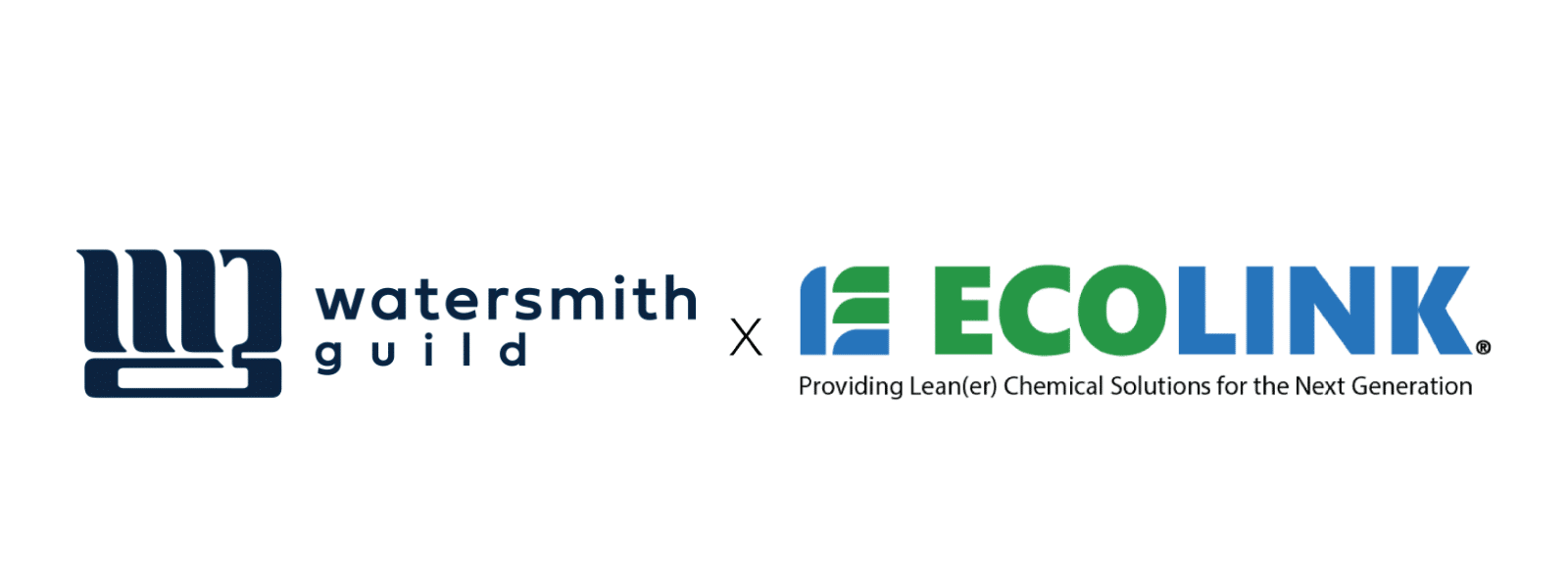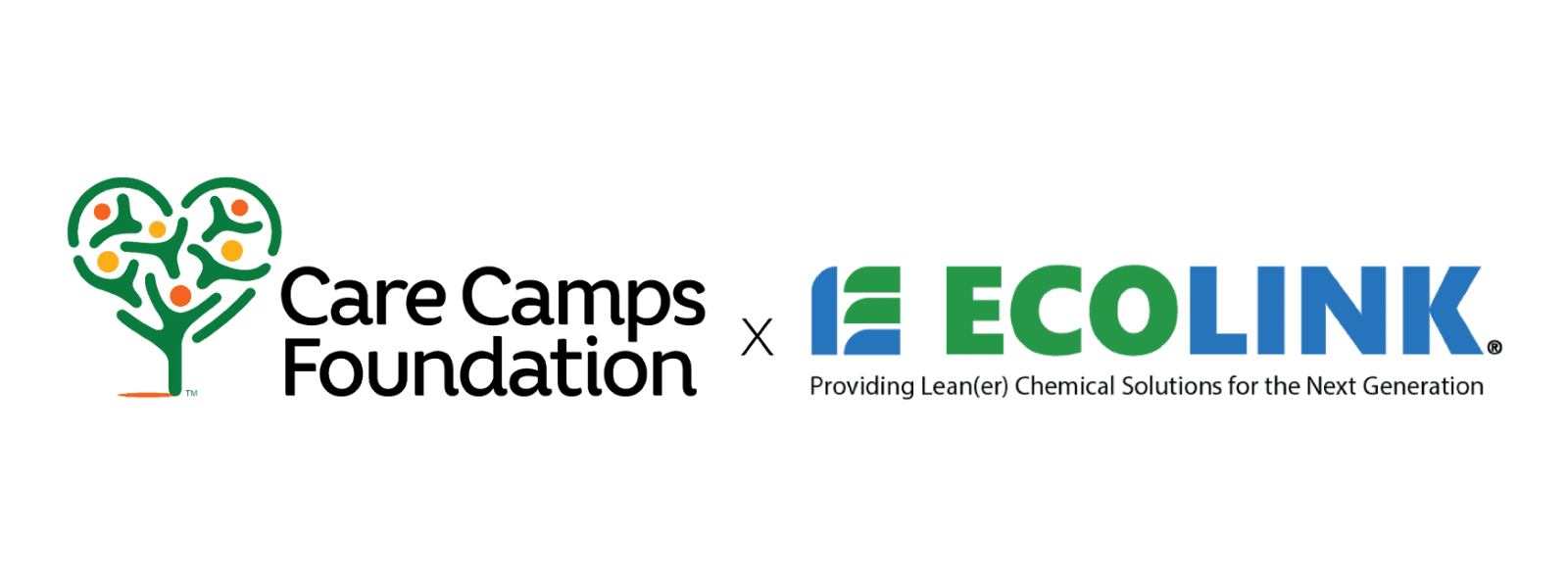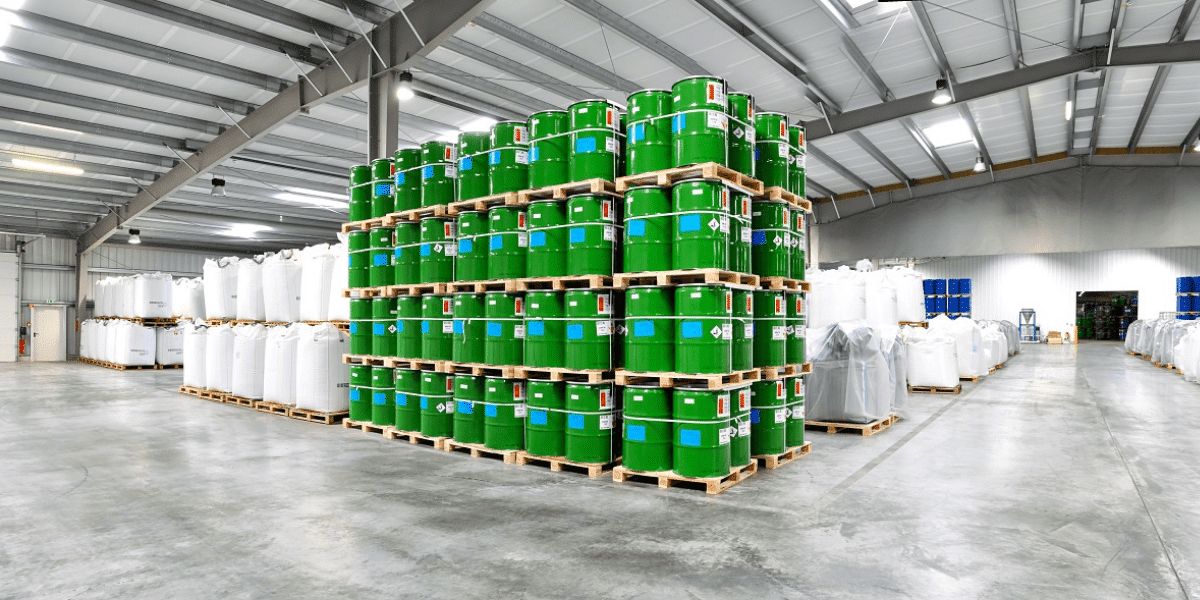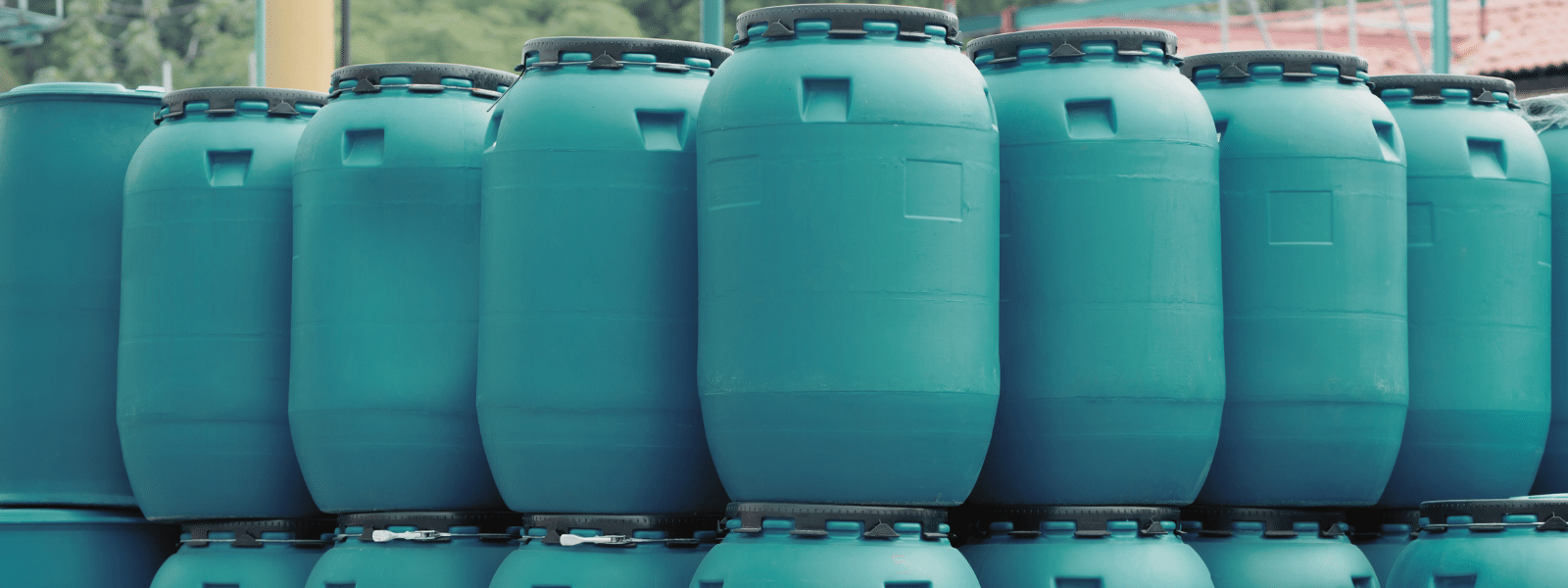For decades, companies have used chlorinated solvents such as TCE to perform a variety of industrial cleaning operations. However, like many solvents of its generation, scientific analysis has shown that TCE can produce a variety of negative health effects due to chronic or acute exposure to the substance. In many cases, negative health effects result from the purposeful or inadvertent heating of TCE, which can produce toxic phosgene gas that is easy to inhale.
Why is Phosgene Gas Dangerous?
Phosgene is a toxic, poisonous gas that has a musty odor that smells similar to hay. The gas is considered so hazardous, in fact, that it was used as a chemical weapon in WWI to induce choking. The gas is not found naturally in the environment, and many safety organizations are working hard to keep it that way, as well as to protect workers from phosgene exposure by creating exposure limits that help prevent chronic health issues that result from overexposure.
The current occupational exposure limit for phosgene emissions is 0.1 parts per million during an eight-hour work shift. While the exposure limit helps reduce negative health effects in workers who are exposed to phosgene, the safest practice is to eliminate the source of the gas by finding a replacement for TCE. This is because even low-level, acute exposure to phosgene can produce temporary, negative health effects in workers that hinder productivity, such as:
- Coughing and chest discomfort
- Eye, nose, and throat irritation
- Blurry vision and watery eyes
- Upset stomach and vomiting
- Heart issues affecting overall health
It should be noted that some negative health effects from phosgene exposure take up to two days to manifest. This is why workers who inhale phosgene gas are recommended to see a doctor before they return to work. A physician who is experienced in recognizing phosgene exposure looks for delayed signs of negative reactions to the gas and advises those who have been exposed to the toxic agent as to whether it is safe to return to the work environment.
Contact Us for a Replacement for TCE
If the information above makes it seem that using TCE is not worth the risks associated with deploying the solvent, you are right. Considering that cleaning solutions that have a far better safety profile than TCE are readily available, finding a replacement for TCE is only sensible. If your organization is in the market for a replacement for TCE, Ecolink can provide an industrial cleaner that has the same cleaning power as TCE but does not create phosgene gas emissions.
Depending on the requirements of your industrial cleaning processes, you may be able to use one of our readymade cleaners as a replacement for TCE. If not, we will analyze your needs and produce a custom cleaning solution that is tailored to your unique requirements. To find out which option would work best, contact us today at (800) 563-1305, or complete the contact form on our website. We look forward to providing you with a safe, effective replacement for TCE!















